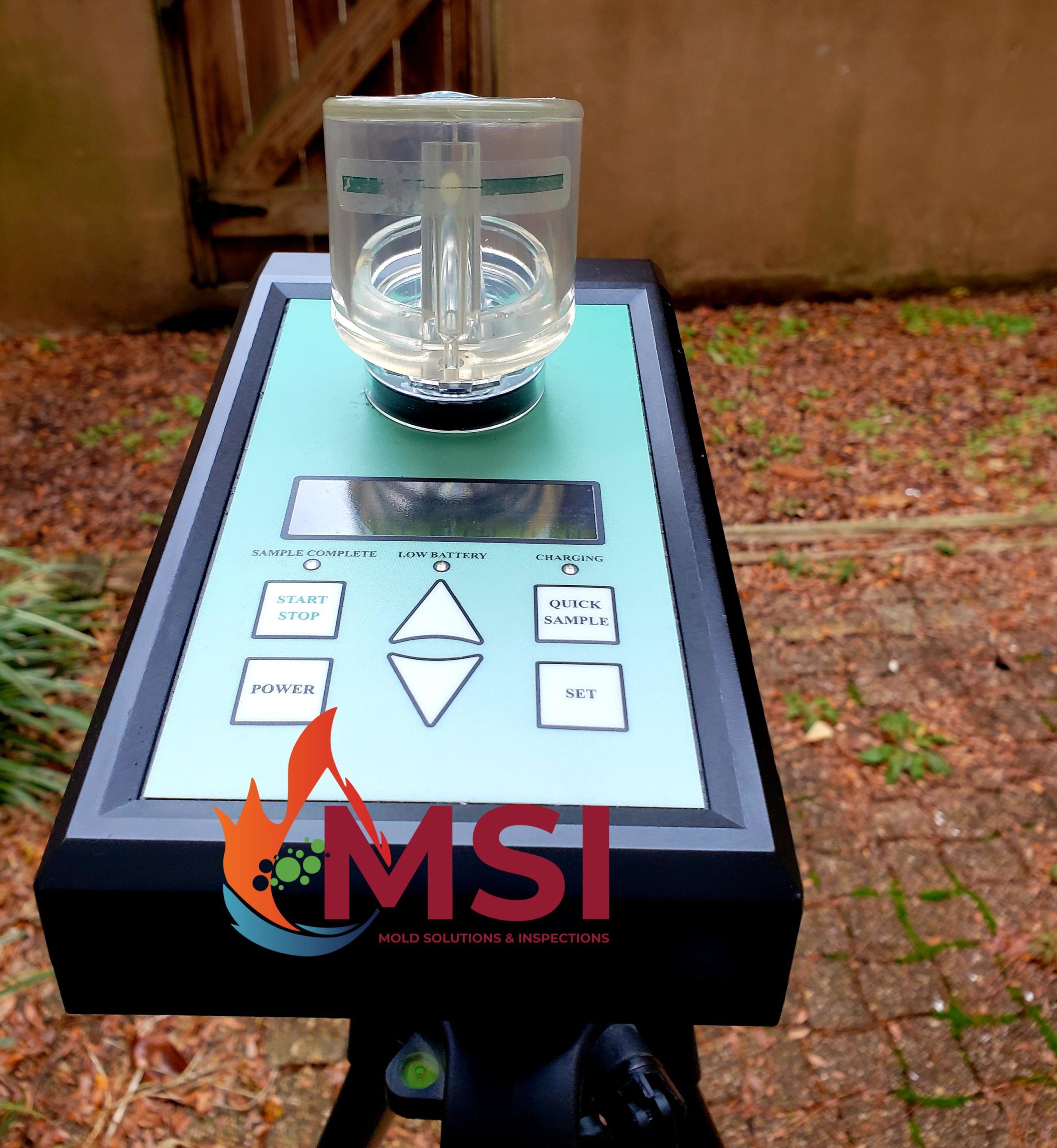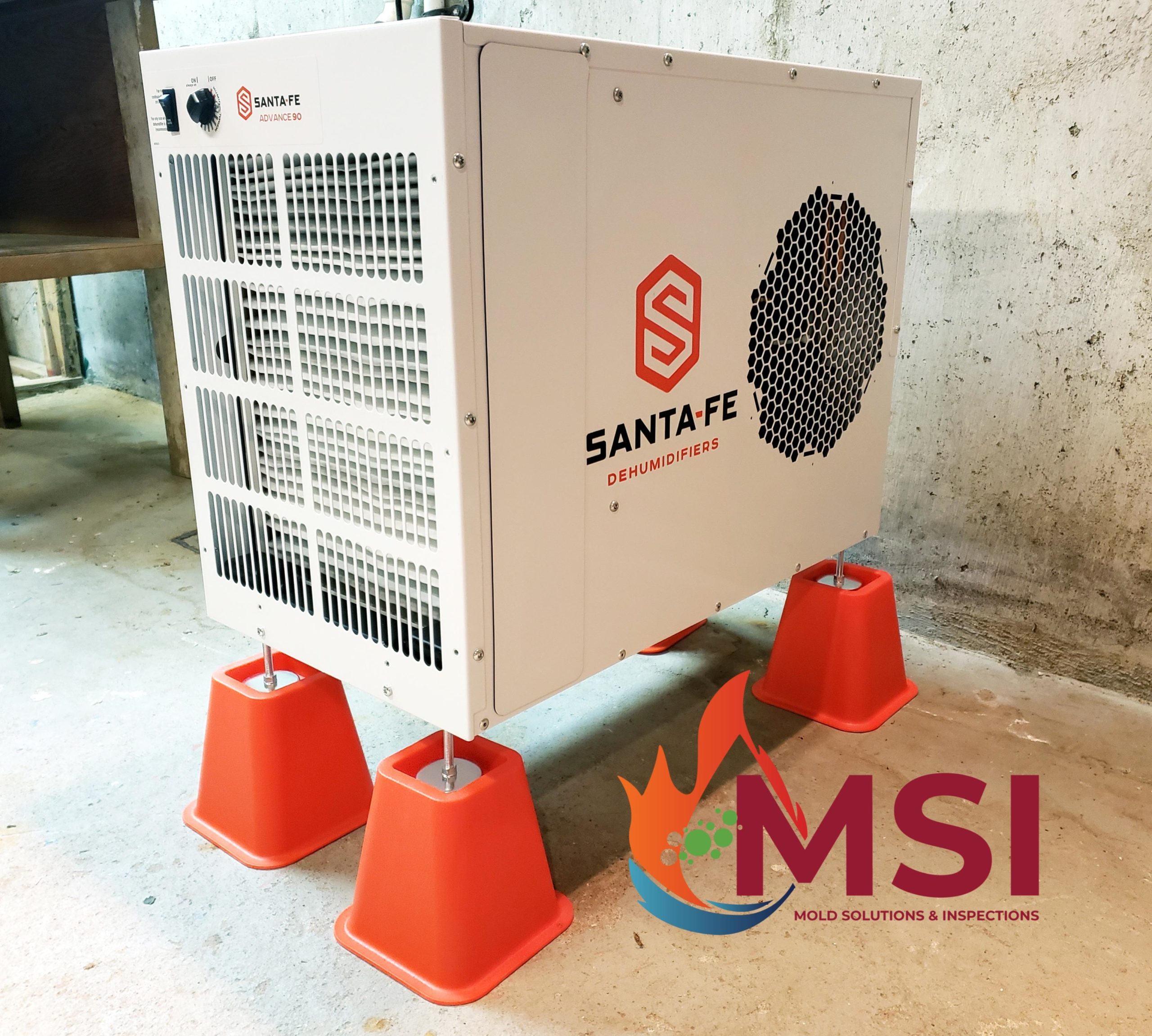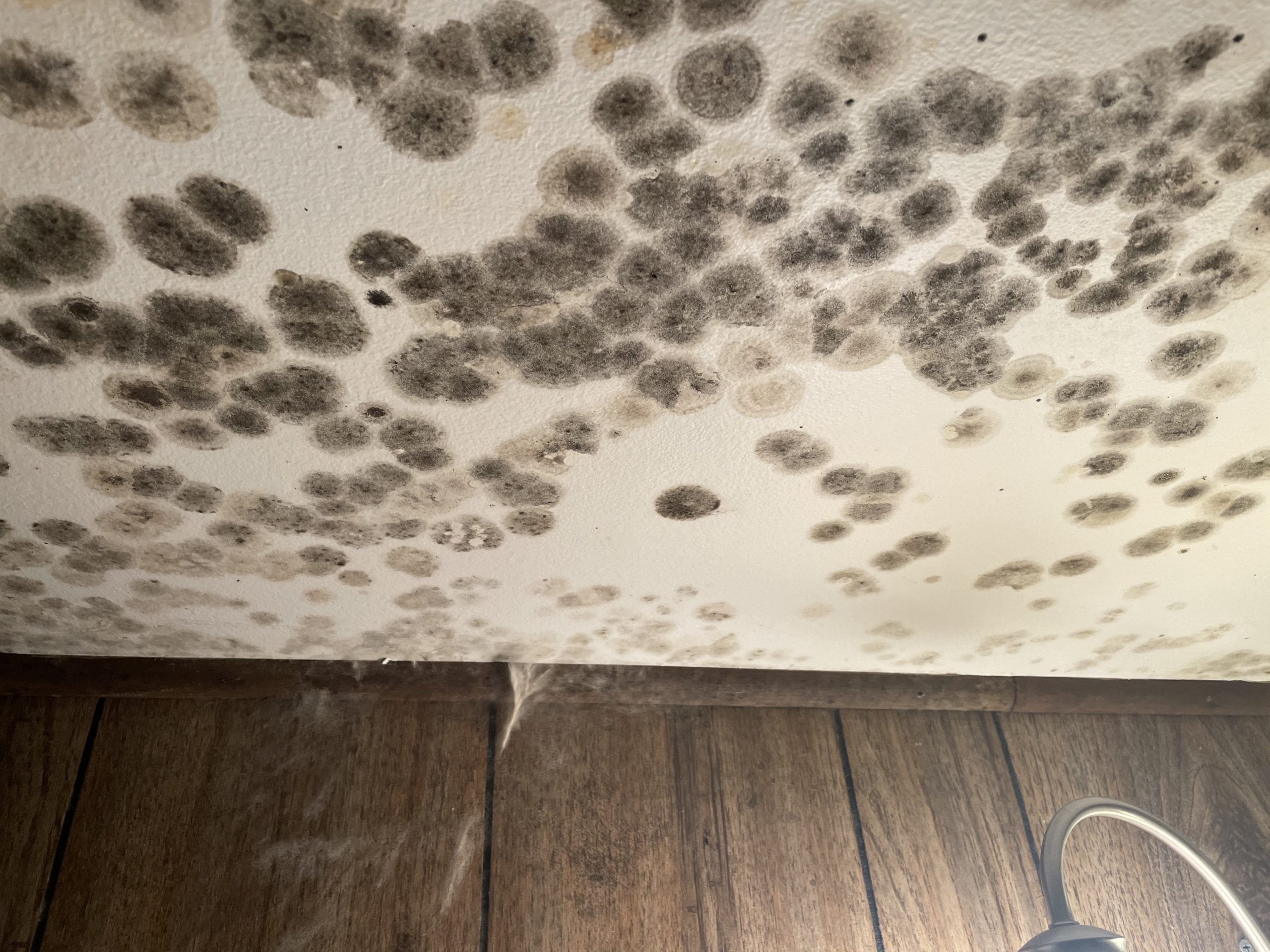A useful method for interpreting microbiological results is to compare the kinds and levels of organisms detected in different environments. Usual comparisons include indoors versus outdoors, or complaint areas versus non‐complaint areas. Specifically, in buildings without mold problems, the qualitative diversity (types) of airborne fungi indoors and outdoors should be similar. Conversely, the dominating presence of one or two kinds of fungi indoors, coupled with the absence of the same kind of fungi outdoors, may indicate a moisture problem and degraded air quality.
Also, the consistent presence of certain fungi, such as Stachybotrys chartarum, Aspergillus versicolor, or various Penicillium species, over and beyond background concentrations may indicate the occurrence of a moisture problem and a potential atypical exposure. Generally, indoor mold types should be similar to, and airborne concentrations should be no greater than, those found outdoors and in non-complaint areas. Analytical results from bulk material or dust samples may also be compared to results of similar samples collected from reasonable comparison areas.
Comparisons of total bacterial levels indoors versus outdoors may not be as useful as with fungi, since natural bacteria reservoirs exist in both places. Comparisons of the specific types of bacteria present, excluding those of known human origin, can help determine building-related sources.









